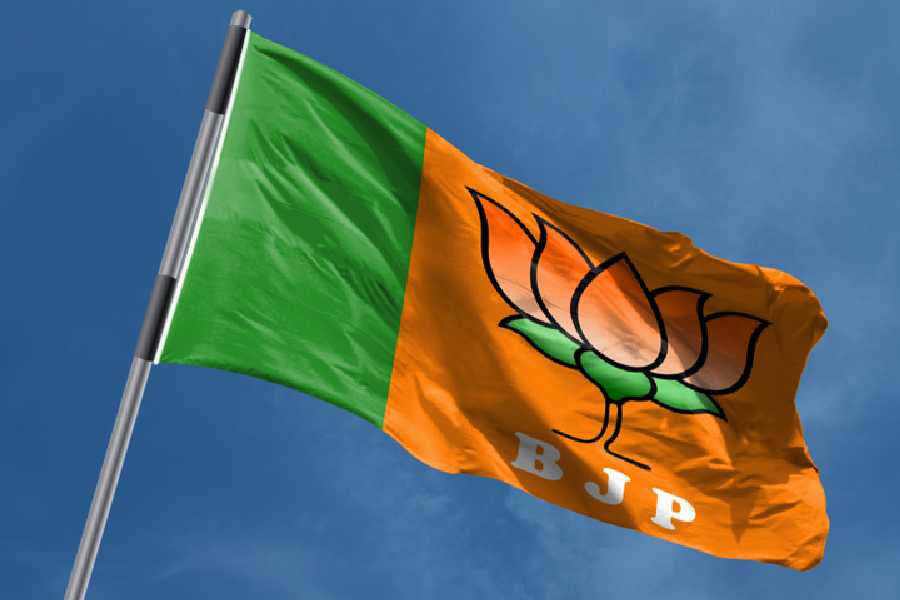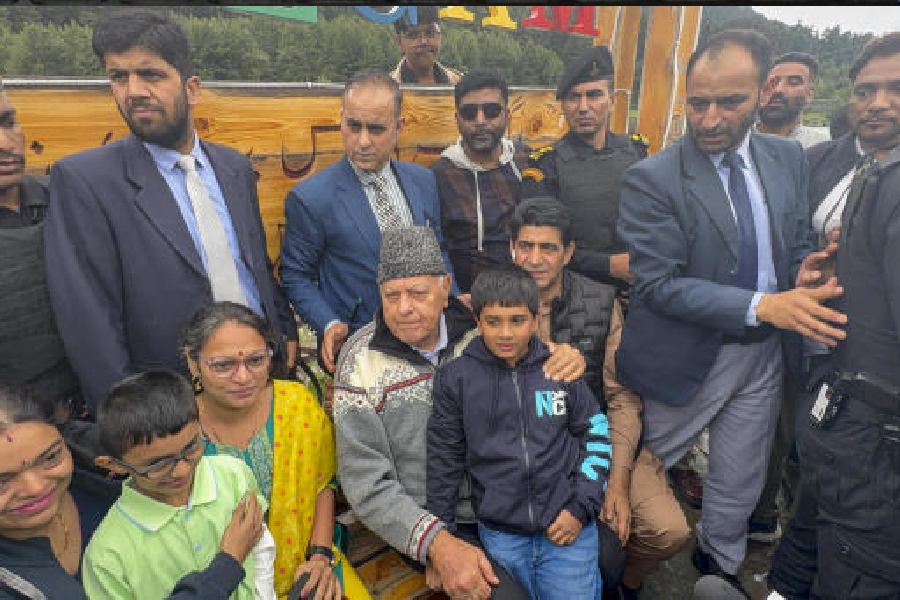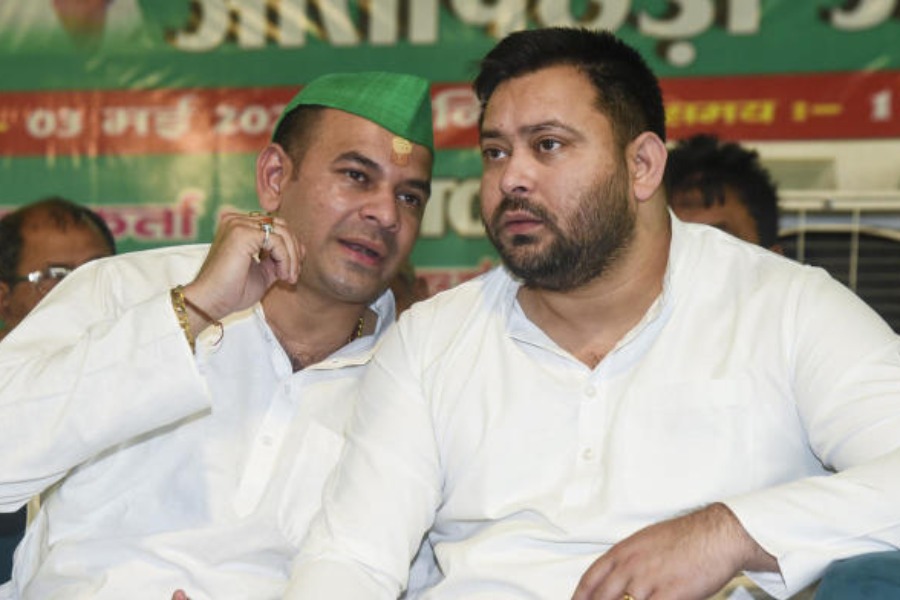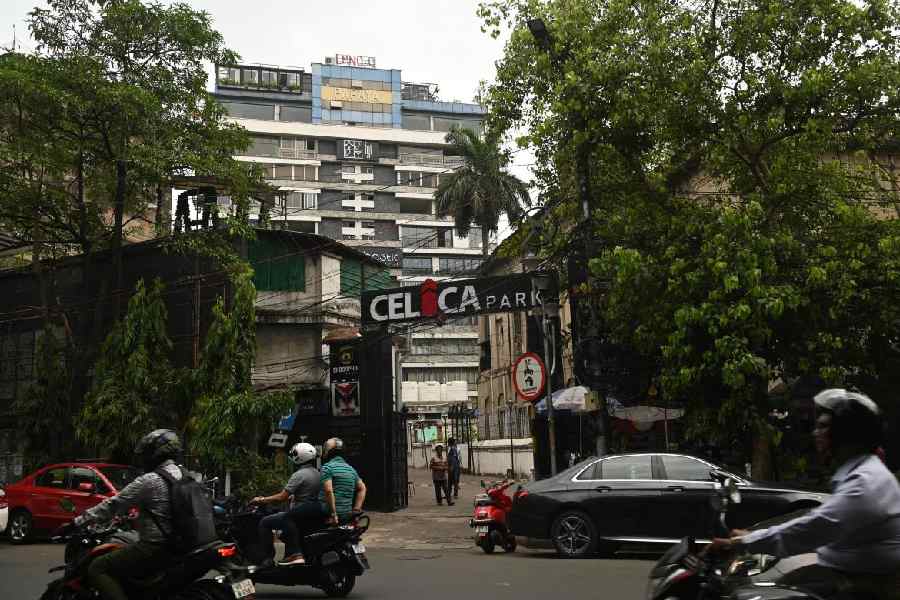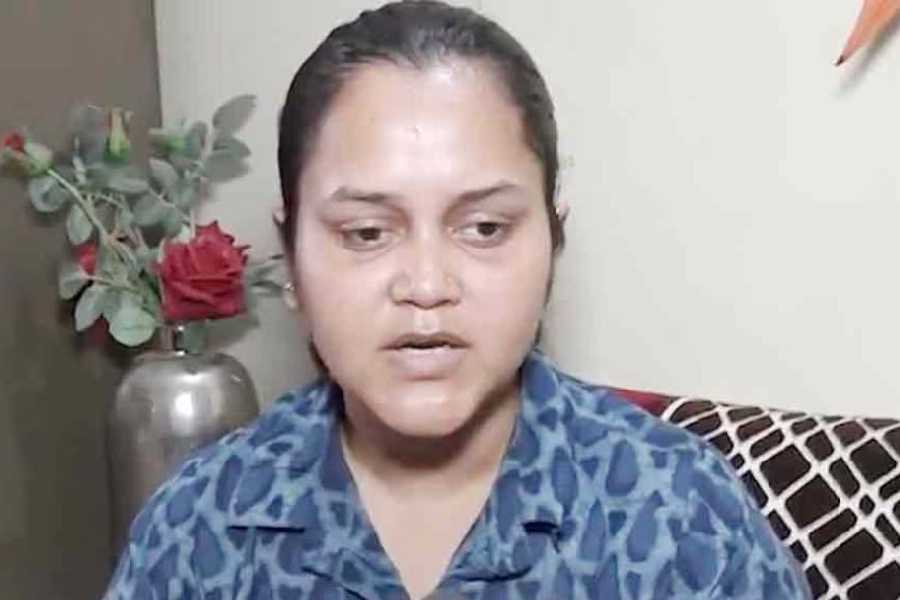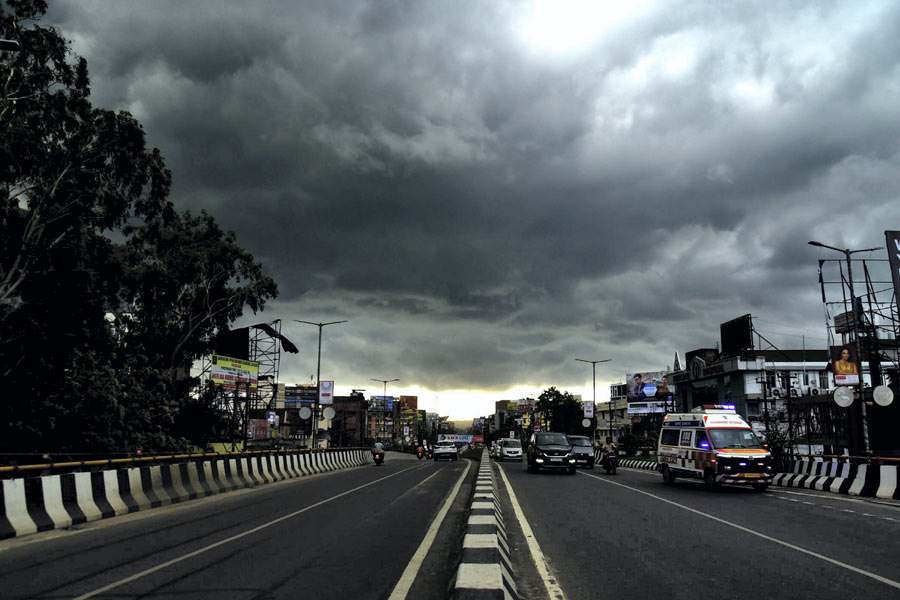 |
When Mehreen Jabbar got hold of the only High Definition (HD) camera available in Pakistan and headed for the inhospitable stretch of the Thar desert to shoot her film Ramchand Pakistani with money borrowed from her mother, she would have been forgiven if she lost her nerve. The village of Nagarparkar, a 15-hour drive from Karachi, had no water or electricity and the crew of 80, including two Americans, simply slept under the stars.
This was in 2007, when the political crisis in Pakistan was deepening, violence was spilling on to the streets and cinema seemed to be the last thing people were thinking of.
“It is not easy in Pakistan,” says the New York-based Jabbar. “The film industry has been in steady decline. There are no funds available, no equipment, no proper studios. To top it all, I was a first timer. But the response has been overwhelming.”
We are talking after the successful screening of Ramchand Pakistani at the London Film Festival, where it is a contender for the International Federation of Film Critics award and the Satyajit Ray Award for debut film-makers. Jabbar has been surrounded by eager audiences after festival screenings and she looks relaxed as she prepares to meet with international distributors at a party in Soho.
“I feel responsible for all those who put money into the film,” she says. “They did it purely out of love and commitment, but we must try and get their money back.” It is the practical, hard-nosed side in the 36-year-old film-maker speaking.
Jabbar recalls how she went to family and friends for funding, starting with her mother, Shabnam, who was the first to put money in the kitty. Finally, 19 like-minded people wrote out cheques, “all with the idea of promoting good films in Pakistan.” She also managed to get sponsorship from a telephone company and a biscuit company in Pakistan, “without a clause to promote their products in the film” which allowed her to complete the film.
Starring Nandita Das, the film is based on the life of a Hindu Dalit family which lives in the border areas of Pakistan. One day, the little boy, Ramchand, crosses over to India by mistake. It is a time of heightened tension between the two countries as the Indian Parliament has just been bombed by terrorists and the troops are on full alert. When Ramchand’s father comes searching for him, he is taken for a spy and both are arrested in India. What follows is a look at the prejudices on both sides of the border as father and son remain trapped in a jail in Bhuj while their mother helplessly waits on the other side, getting no help from the Pakistani authorities since she is a Hindu.
Through the eyes of the little boy, brilliantly acted by Syed Fazal Hussain (young Ramchand) and newcomer Navaid Jabber (older Ramchand), the film brings out the plight of prisoners of war who are languishing in jails on both sides of the border.
The idea came from her father, Javed Jabbar, film-maker, ad agency executive and former Pakistani information minister in the Musharraf government. He had been involved for some years in running a non-governmental organisation in the Thar desert to improve the conditions of the Dalits. “One of the teachers at the school went missing with his son,” says Mehreen Jabbar. “Then one day after four years, they suddenly came back.”
Struck by their moving experience, he wrote a four-page synopsis and asked his daughter to make a film on it, promising to produce it. Ramchand Pakistani was fast becoming a Jabbar family venture.
“I was immediately drawn to the story,” she says. “The fact that it was about a Dalit Hindu family in Pakistan and the prisoners forgotten by the two countries made it more poignant. I wanted to retain all the real elements in the story, the village, the fact that they were Dalits, and depict their hard-working community as it is.”
Widening the net, she hired a popular television script writer to do the screenplay, cast old friend Nandita Das — they had worked for a short film — in the role of Ramchand’s mother Champa and started scouring for funds and a camera. Open auditions in schools helped her discover Navaid Jabber to play the older Ramchand. The rest of the cast were either amateurs or chosen from Pakistani television. She also had a tune in her head: Shubha Mudgal’s song Mathura Nagarpati from Rituparno Ghosh’s film Raincoat, and knew she would want the same music director for her film.
The Gujarat government allowed her access to Bhuj jail, where “border crossers” are kept. The jail was recreated in Karachi for the film. The real-life family in Thar on which the story is based — father Jaimal, son Harchand and wife Champa — watched as the filming took place.
“It was a surreal experience for them, watching these actors do their stories, but they were very cooperative,” says Jabbar, who spent two weeks filming in the desert.
Jabbar is positive about the increasing cooperation between Indian and Pakistani film industries which started with films such as Khamosh Paani and the recent Khuda Kay Liye. While the controversial and moving Khamosh Paani never got a Pakistan release, Khuda Kay Liye has done well in Pakistan and India.
“I was clear that I wanted to use talent from both countries,” says Jabbar. “Nandita was the perfect choice for the role and I had worked with her before. The music director, Debajyoti Mishra, is from Calcutta, and the singers include Indian artistes such as Mudgal and Pakistani singers Abida Perveen and Shafqat Amanat Ali Khan.”
Born in a family that was immersed in the film world — her father made Pakistan’s first English language film Beyond the Last Mountain (1976) and ran one of Pakistan’s most successful ad agencies — Jabbar grew up “surrounded by cameras.” Quickly, though, she knew that the world of advertising was not for her and went on to do a course at the University of California, Los Angeles (UCLA) on film, television and video. She made her first short film Nivala in 1994 based on an Ismat Chugtai story, following it up with work on television dramas for the state-run PTV channel.
Inspired by films like Mira Nair’s Salaam Bombay, De Sica’s The Bicycle Thief and the films of Satyajit Ray and Shyam Benegal, Jabbar says she always wanted to make films on real-life situations and human relations. “Black and white characters and situations don’t interest me,” she said. “I like to get into the many layers of human emotions.”
In 2003 she moved to New York to continue her work on filming meaningful television dramas. The offer to make Ramchand Pakistani fell into her lap in 2006.
“It has been a learning curve,” she says. The film after being shot on HD camera was converted into 35 mm in New York, where it premiered at the Tribeca Film Festival in April. “It was the only camera in Pakistan that would allow me to do sink-sound recording (where you can record as you shoot),” she laughs. “It isn’t exactly a film-making environment.”
The ban on Indian films since 1965, Jabbar believes, has killed the Pakistani film industry, by closing Pakistani cinema to competition and exposure to the different genres of Indian film-making. It is only now that the ban has been lifted and Indian films have begun to be shown in Pakistani cinemas. “In Pakistan we had only 14 prints of our film circulating. It was released in limited theatres,” says Jabbar. “In contrast, in India, where it was released on October 2, it ran in multiplexes in Delhi, Calcutta, Mumbai and Ahmedabad and has done well in the cities.”
“I hope we will move forward from now on,” says Jabbar, before dashing off to that all-important distributors’ party. Something tells me we’re going to see a lot more from her over the years.


